Table of Contents
It is said that the squirrels that were brought to the Yakushin Japan Exposition, which was held mainly in Gifu Park in 1936, escaped into the mountains and became wild. "Gifu Kinkazan Squirrel Village" was opened in 1965 as the first squirrel village in Japan at the time, with the desire to train these wild Taiwanese squirrels for many years and let them play with children in nature.
This time, I went to meet the cute and charming squirrels, feeding them directly and letting them ride on our hands and shoulders!
How to get to "Gifu Kinkazan Squirrel Village"?

"Squirrel Village" on the summit of Mt. Kinka (Kinkazan) is easily accessible by "Kinkazan Ropeway". There is a ropeway platform in Gifu Park, which spreads out at the foot of Mt. Kinka in the center of Gifu City.


Gifu Kinkazan Ropeway "Sanroku Station". Illustrations of powerful Sengoku warlords are eye-catching.

Next to Sanroku Station is the Eizo Kato and Toichi Memorial Art Museum of the Gifu City Museum of History.
▼Click here for the website of Eizo Kato and Toichi Memorial Art Museum
https://www.rekihaku.gifu.gifu.jp/katoukinen/

In addition to nursing rooms and large coin-operated lockers, pet carriers for the ropeway are available for rent. (Pets are not allowed in Squirrel Village)

The souvenir shop has a wide variety of original goods and local specialties.

Ticket office. Tickets can be purchased not only for round trips, but also for one-way trips. Credit cards and some electronic money can also be used at the counter.

Ropeway Fare
Adults (junior high school students and older) round trip 1,100 yen (one way 630 yen)
Child (4 years old to elementary school student) round trip 550 yen (one way 300 yen)
If you present a ropeway round-trip ticket valid for the day, you can get a 100 yen discount on the squirrel village fee.

Ticket vending machine. The ropeway usually runs every 15 minutes on the hour, and every 10 minutes on the hour during peak hours.

Go to the "Sanroku Station" platform. An announcement will be made when the departure time approaches.

A guide will accompany you on the car, and will introduce you to Gifu's trivia along with the passing scenery.

As we waved, the guides and tourists waved back at us from the ropeway coming down!

The "three-storied pagoda" has a striking vermillion color among the greenery. Pre-registration is required for the tour.

You can see the cityscape of Gifu City below. Every summer, there is a nighttime service, and the night view that can only be seen here is also popular.

It takes about 4 minutes by ropeway from Gifu Park to the summit of Mt. Kinka. Arrive in no time.

"Mountain station". When you get off the ropeway, you will be surrounded by green trees at once.

It is also possible to access the squirrel village by hiking. There are 10 mountain trails with different levels of difficulty, all of which can reach the summit in 30 minutes to 1 hour. On the day of the interview, there were many kindergarteners and elementary school students who climbed up on excursions.

When you exit the summit station, you will find the squirrel village in front of you.
Let's enter the squirrel village!

"Squirrel village" entrance. We recommend going early in the morning, as there may be lines on weekends and consecutive holidays when the season is good.


Entrance Fee
Adult (junior high school students and older) 400 yen (300 yen)
Child (4 years old to elementary school student) 300 yen (200 yen)
*Including feed fee
* ( ) is for those who present a ropeway round-trip ticket

After disinfecting at the entrance, put on gloves, and have food placed on your hands, you are finally entering the village.

The food is corn, peanuts, walnuts, and other small pieces that can be eaten in the palm of your hand.


There are about 20 to 30 squirrels that are active. About 70 squirrels live in total, but the older squirrels and some others live comfortably in the back.


The inside of the village is designed so that the squirrels can spend their time comfortably.


The wire mesh is surrounded by a curved iron plate called “shinobigaeshi”, which is designed to return to the ground even if you climb up. Because it is made of iron plate, even a squirrel's sharp claws cannot hold onto it. It is an open environment close to nature without fences covering the entire surface.

Wild squirrels are very cautious animals, but the squirrels in the village were born and raised in the squirrel village, so they are very accustomed to people.
What are the characteristics of "Taiwan Squirrel"?

The Taiwan squirrels, which live in Squirrel Village and Kinkazan, are native to the warmer regions of Taiwan, southern China, the Indochina Peninsula, and the Malay Peninsula, as its name suggests, and does not hibernate. They do not have cheek pouches like the chipmunks you may imagine when you think of squirrels, and are diurnal, spending most of their time in trees.

They are most active in cool mornings and evenings, so it is recommended to feed them in the morning when they are particularly hungry. If you look closely, each squirrel has a different coat and face, and each has a different personality.

The call of the Taiwan squirrel is so surprising that visitors to the village often ask, "What's that sound?" Even during the interview, I heard "Keta-Keta" in various places. They communicate with each other through their vocalizations, such as courtship expressions and daily conversations.

During the day, squirrels come out to be active when the sun rises, and return to their homes when it gets dark in the evening to rest. Life rhythm is similar to that of humans.
Challenge the feeding experience!

The point of feeding is to wait quietly for the timing without chasing.

On the day of the interview, when I spread my hand, a squirrel immediately climbed onto my hand! Furthermore, as I was taking pictures, I was surprised to find it on my shoulder as well. I was a little nervous because it was so close.



If you observe the squirrels, you can see them looking at you as if they want to eat.

Although they are used to it, they are still animals. They are very sensitive to loud noises and sudden movements. Be careful not to startle them by grabbing or jerking your hand.
If you're lucky, you might be able to meet Lilo-chan, the mascot character of Squirrel Village.

Lilo-chan is a squirrel girl who loves chocolate. On squirrel days (the 11th of every month except August) and on sunny days, you may be able to meet "Lilo-chan," who is feeding the squirrels at the squirrel village, appearing at the ropeway Sanroku Station, and taking a walk in the park.
▼ Click here for information on Lilo-chan
https://twitter.com/kinkazanriro*Self-restraint due to Corona, as of May 2022.

Lilo-chan's original goods are also on sale at the shop at Sanroku Station. (Lilo-chan magnet 300 yen)
Enjoy the view from Mt. Kinka that will make you want to take pictures!
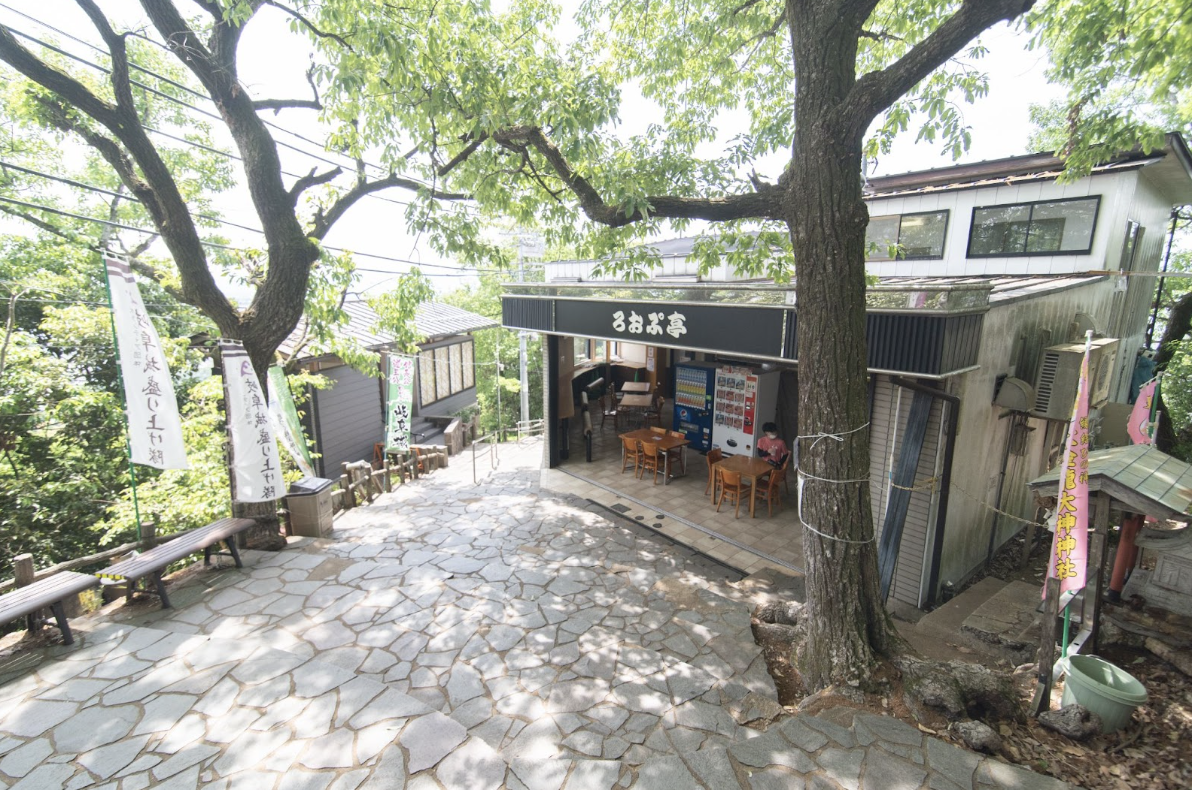
Roobutei, which is located right next to the squirrel village, is popular for its mitarashi dumplings, which cost 100 yen each.
*Weekend-only and seasonal business.

If you climb a little from the squirrel village, there is a building with an observatory and a restaurant.

The left side is the entrance of the observation restaurant "Le Pont de Chelle". Ingredients are transported from the foot of the mountain by ropeway and made from scratch in the kitchen.

Dote-don, miso cutlet set meals, Hida beef curry, and other local gourmet dishes are also exceptional when eaten in a superb view.

Children's curry (700 yen) comes with a drink. Lilo-chan was also drawn on the flag.

Doteni, which has a sweet and rich flavor, is perfect with rice. Gifu's famous confection "Kagari Ayu" is also included, and it has a very satisfying volume. Nobunaga Dote-don (1,000 yen).

"Terrasse Court 329", which opened in 2020, next to the restaurant.

The 329 in the store name is the altitude of Mt. Kinka. Drinks such as Nagaragawa cider, soft serve ice cream, and a light meal menu are also available, so it is recommended when you want to take a break.

The free observation deck on the roof has been renewed with glass railings, and the panorama is larger than you can imagine. You can overlook the Nobi Plain.

In the summer, it is open as a beer garden for a limited time, and it seems to be so popular that it is difficult to get a reservation every year.

As you climb further, you will see Gifu Castle on the summit of Mt. Kinka. The inside of the castle is an exhibition room of historical materials, and the upper floor is an observatory, making it one of Gifu's sightseeing spots. (Admission fee 16 years old and over: 200 yen, 4 years old to under 16 years old: 100 yen)

The highlight of the castle is the view from the castle tower. The magnificent 360-degree view is a masterpiece. During Golden Week and summer vacation, the opening hours are extended for a limited time, so many tourists from outside the prefecture gather to see the night view.

Tsuburajii, which blooms yellow flowers from early to mid-May, is a beech tree commonly found on Kinkazan and is designated as a Gifu City tree. It is said that the name "Kinkazan" came about because the mountain looked golden with these flowers.
This time, I introduced "Gifu Kinkazan Squirrel Village" where you can experience touching rare squirrels. Gifu Park, where the squirrel village is located, also has the Gifu City Museum of History and the Nawa Insect Museum, which are recommended for family outings. Please come and meet the cute squirrels.

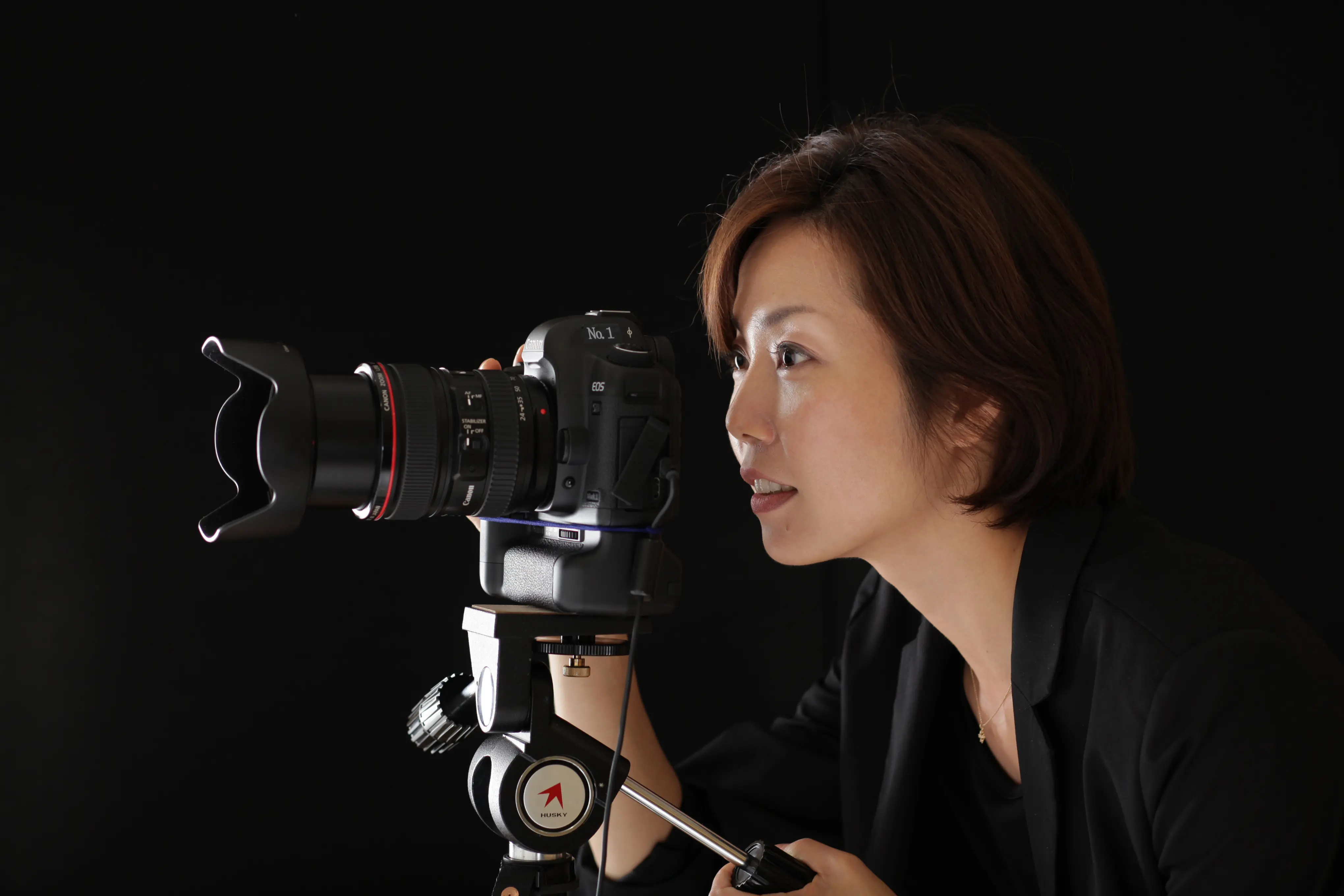


![[Tokai Area] Outing Spots for Family](https://life-designs.jp/wp/wp-content/uploads/2019/06/w1920x1088_family-1-1024x580.jpg)
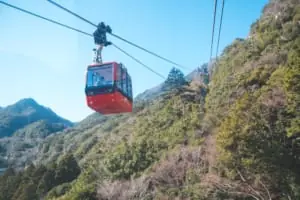
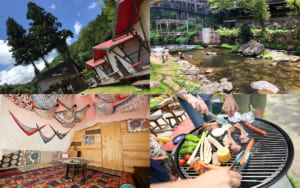
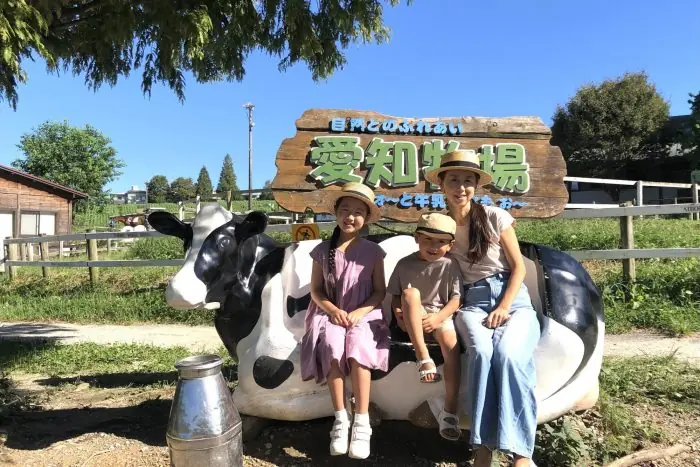
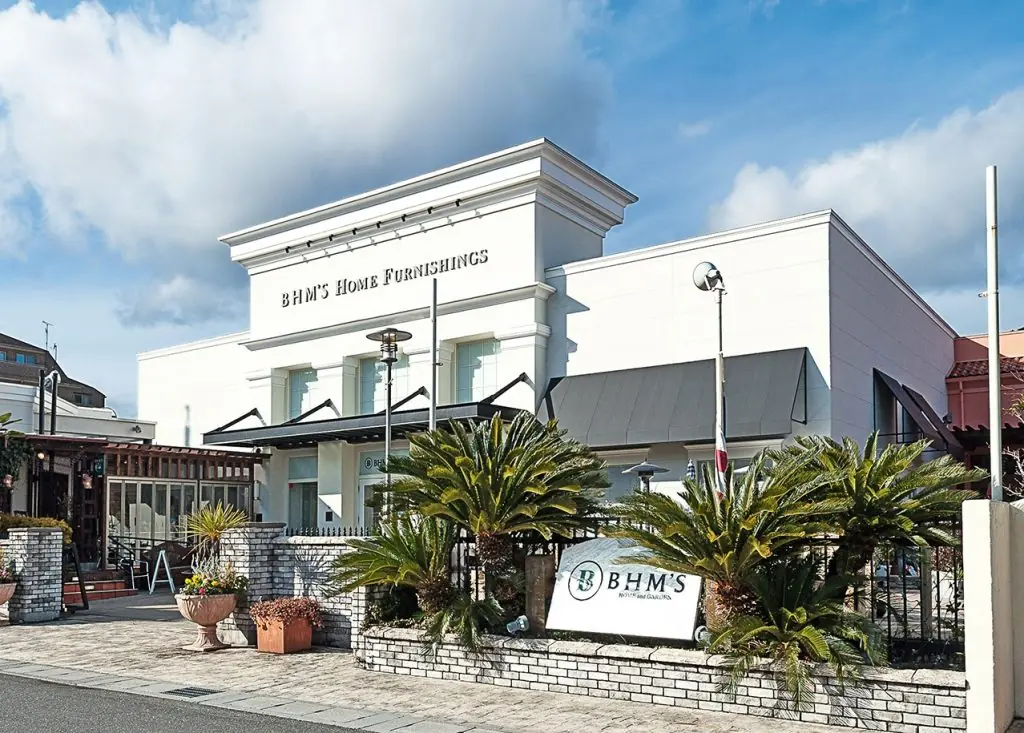
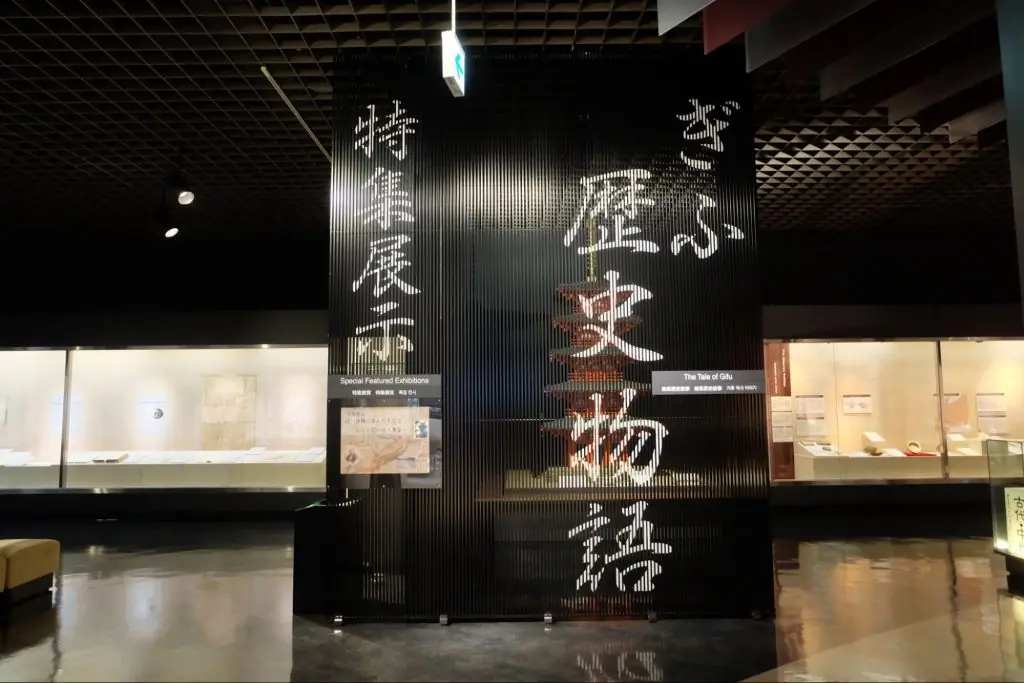
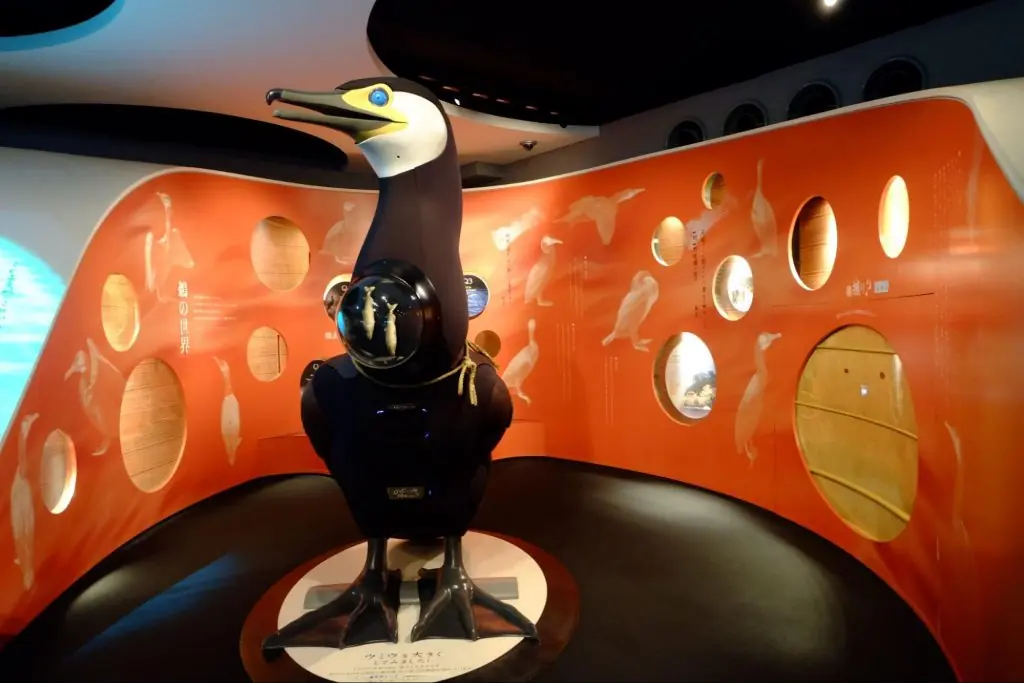
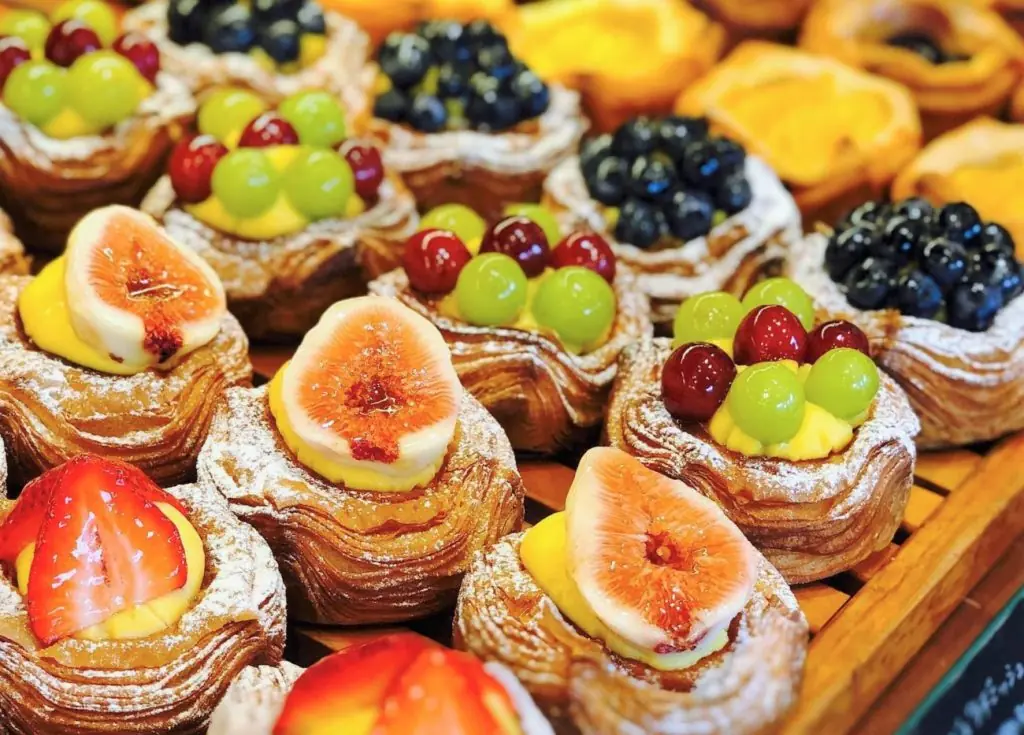
![[Ghibli Park] How to enjoy Ghibli’s Grand Warehouse! A thorough report from recommended ways to go around to gourmet food](https://life-designs.jp/wp/wp-content/uploads/2023/07/image7-10-1024x683.jpg)
![[Ghibli Park] How to Enjoy Dondoko Forest! (Satsuki and Mei's House & Dondoko-do)](https://life-designs.jp/wp/wp-content/uploads/2023/07/image31-5-1024x683.jpg)
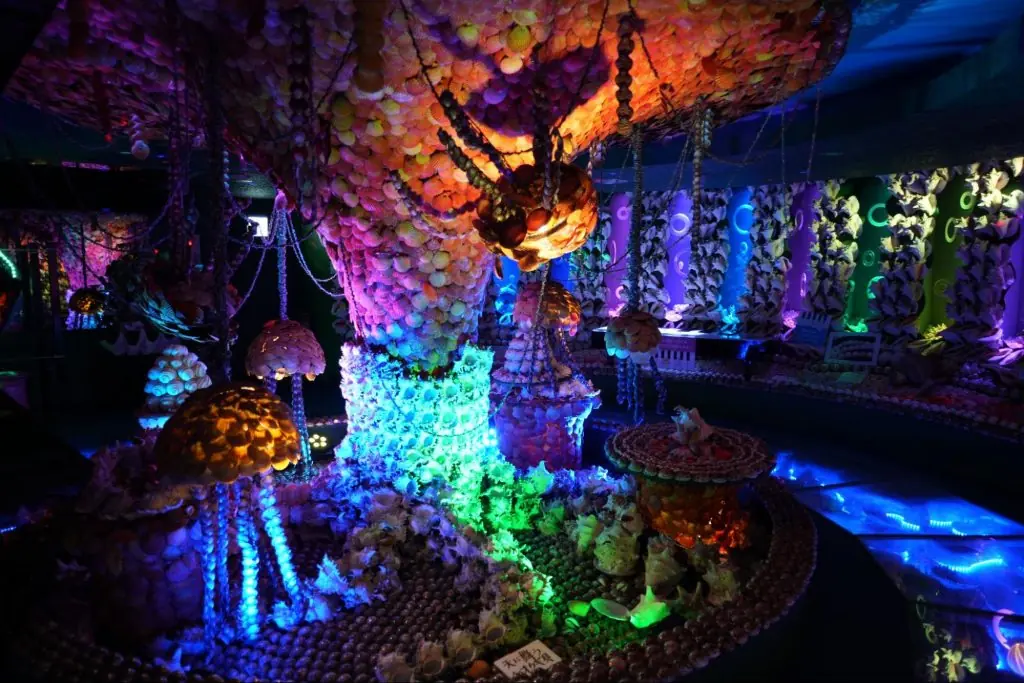
![[Gujyo Hachiman: Weekdays only!] Tour around the Beautiful Castle Town with a Digital Ticket “CentX”](https://life-designs.jp/wp/wp-content/uploads/2023/10/9300089c7781c0edf6921fad2208fa7d-1024x683.jpg)
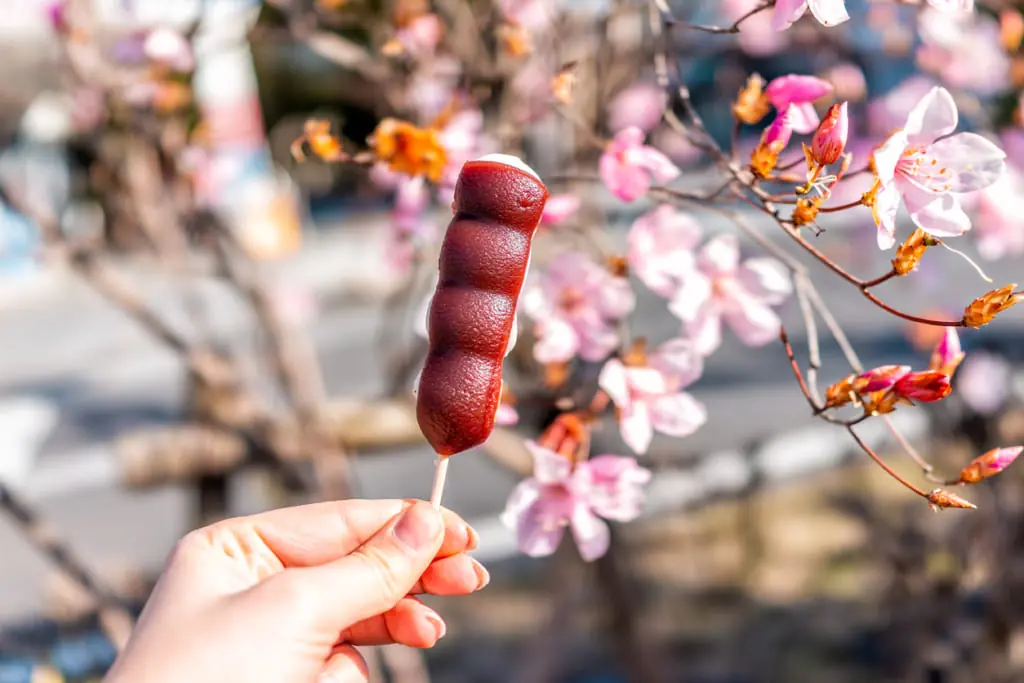
![[Indoor Facilities] Where to Go on Rainy Days in Tokai Area! For Family Outings!](https://life-designs.jp/wp/wp-content/uploads/2023/07/FotoJet-23.jpg)

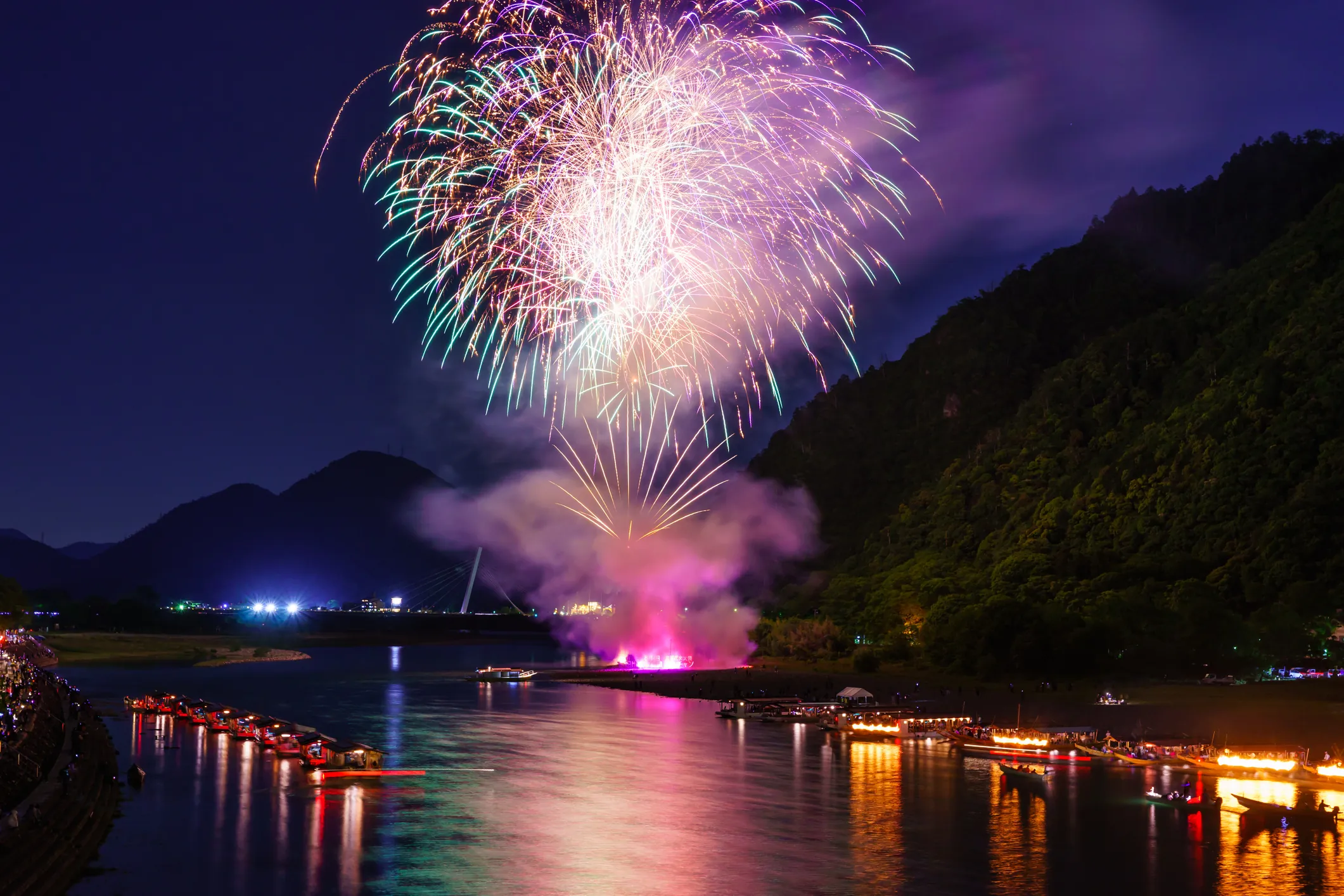

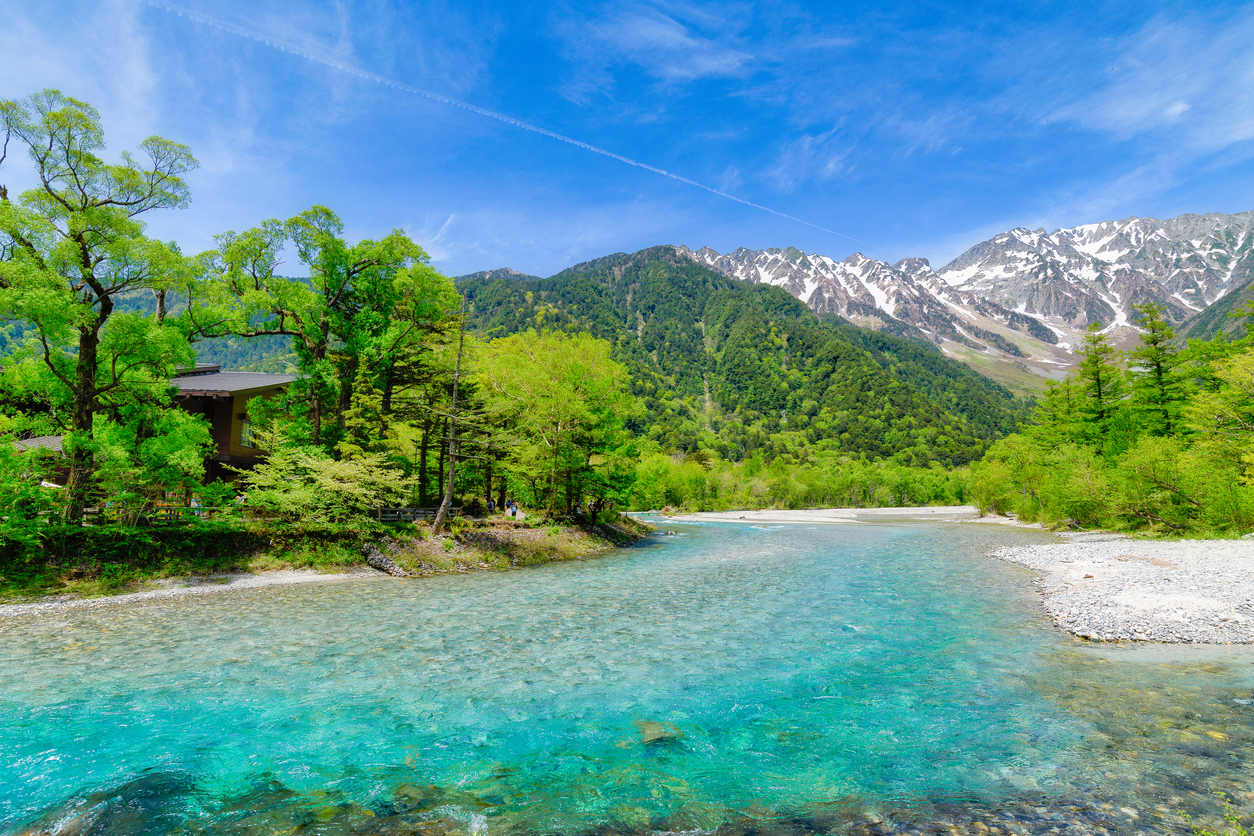
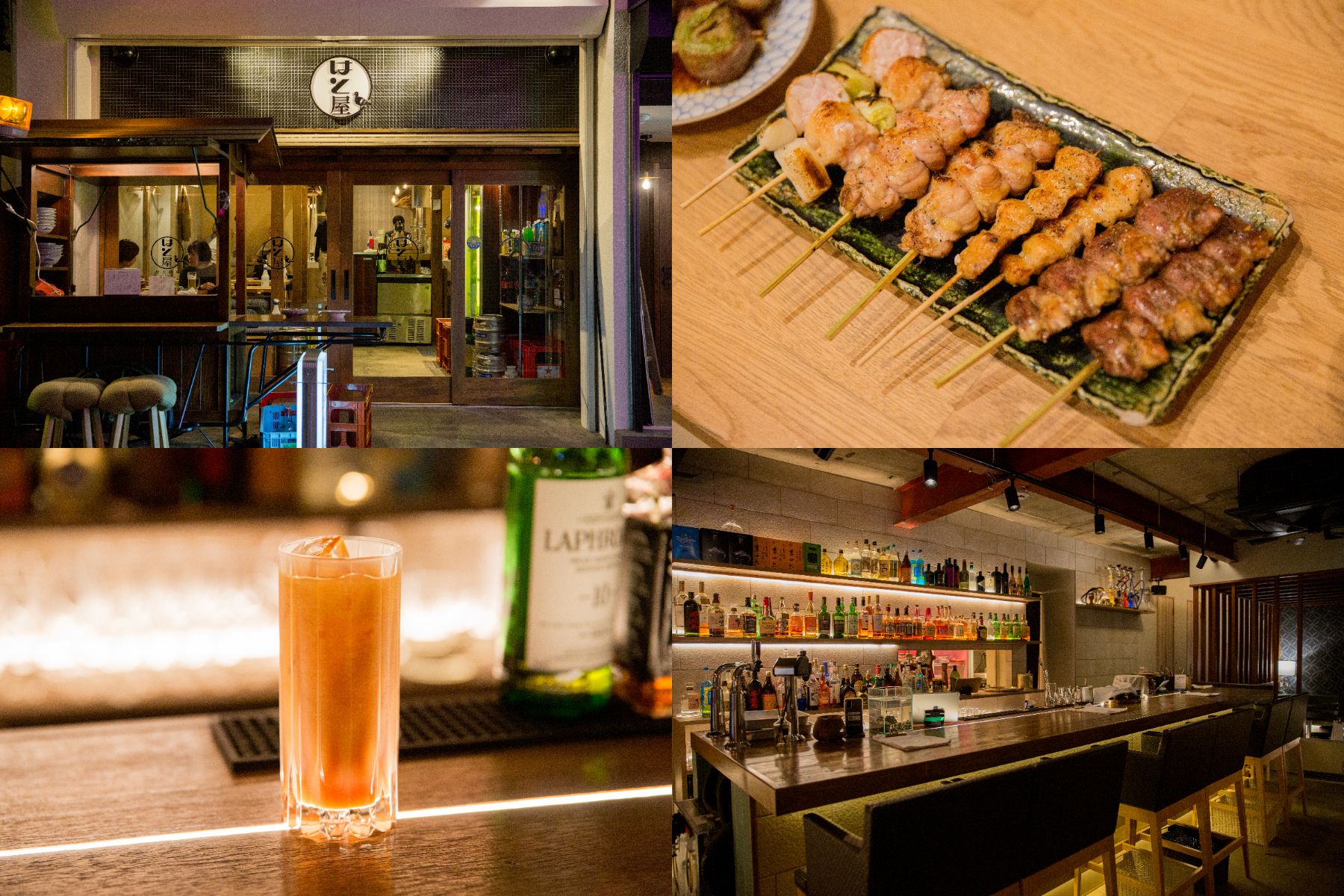
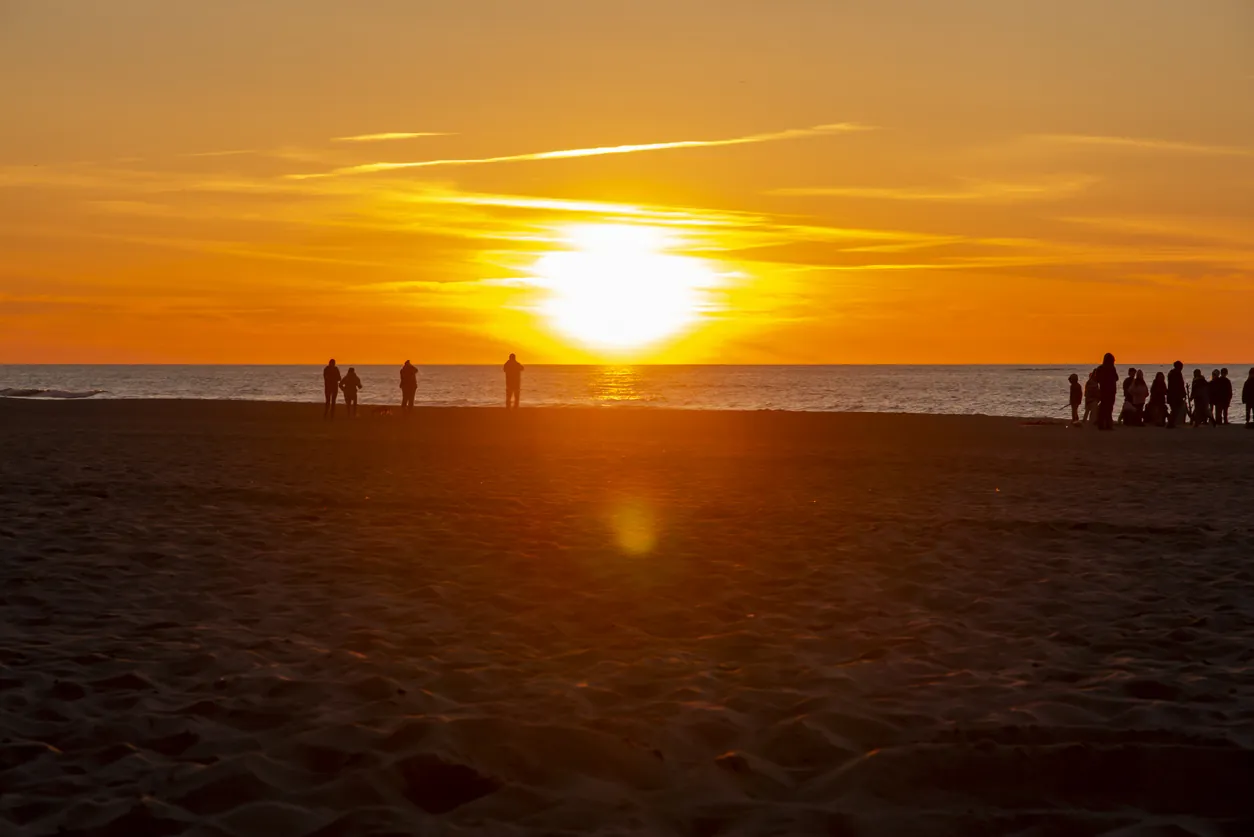
![[Tokai Area] Scenic Spots which You'll Never Forget](https://life-designs.jp/wp/wp-content/uploads/2019/12/LD_banner_w1920x1088_prospect-1-768x435.jpg)
![[Sauna Specials] Feel Revitalized in Sauna!](https://life-designs.jp/wp/wp-content/uploads/2021/07/Sauna-768x435.jpg)
![[Special Feature] Enjoy Outdoor Activities!](https://life-designs.jp/wp/wp-content/uploads/2019/12/LD_banner_w1920x1088_outdoor-1-1024x580.jpg)
![[Nagoya City] Exploring Coffee Shops](https://life-designs.jp/wp/wp-content/uploads/2022/03/84215d942d0289eb17e3745432836bf4-1024x580.png)
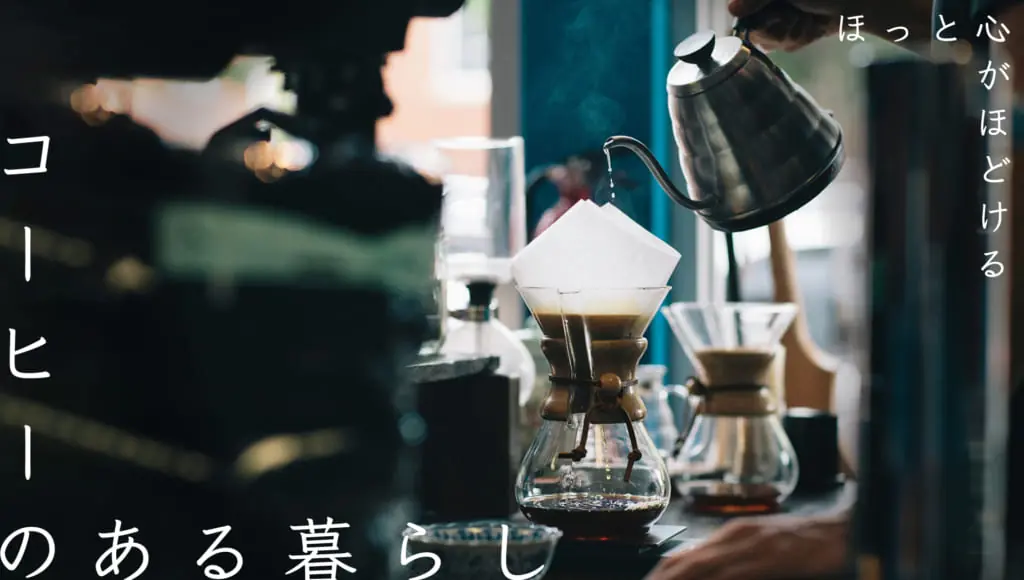
![[Osu Special Feature] A City of History and Uniqueness](https://life-designs.jp/wp/wp-content/uploads/2022/03/01_Osu-1-1024x580.png)



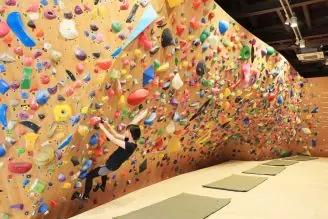
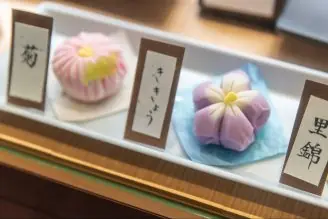
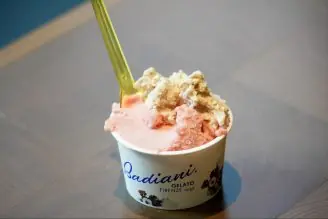
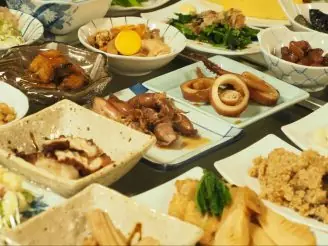


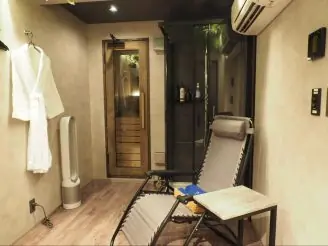


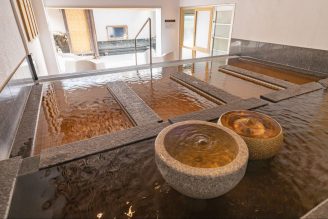
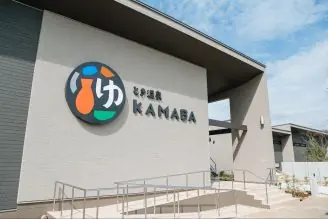
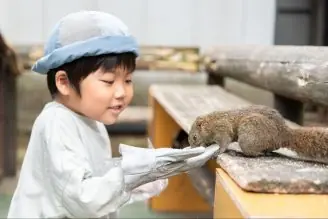
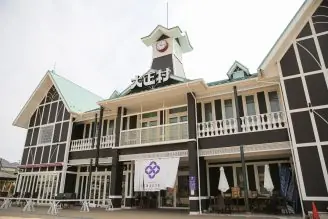
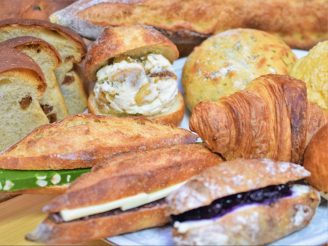
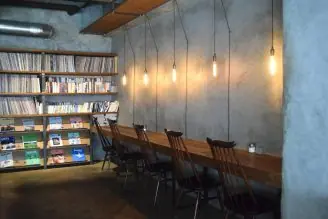
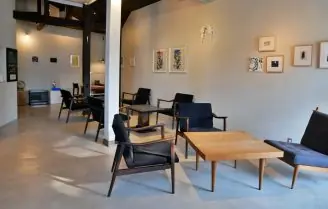
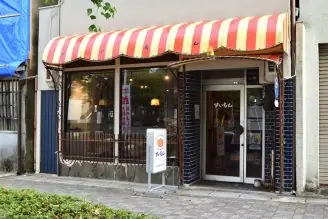
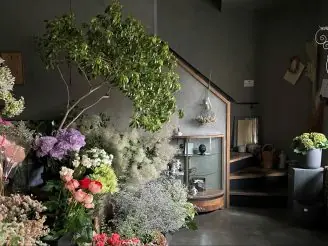
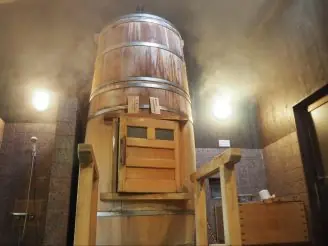
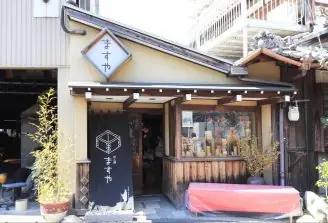
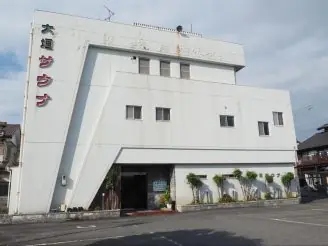
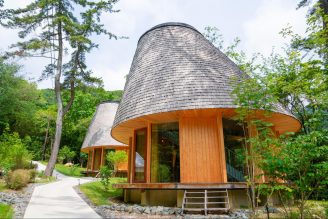
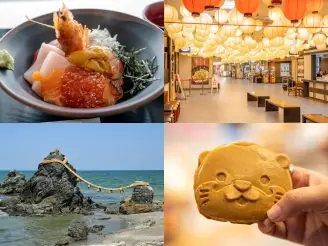
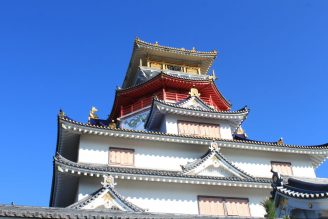
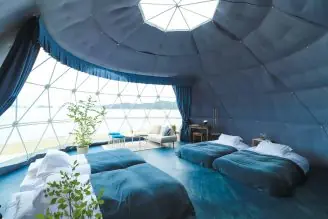
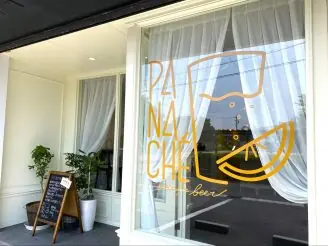
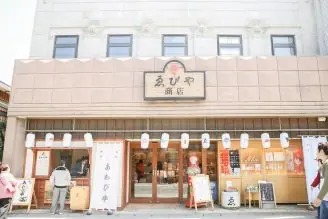
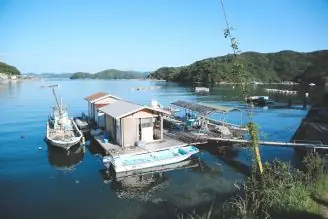
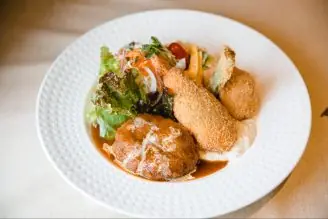
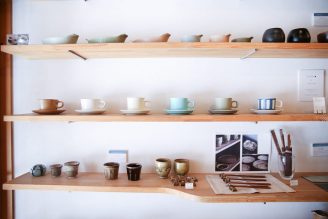
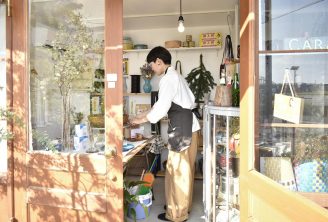
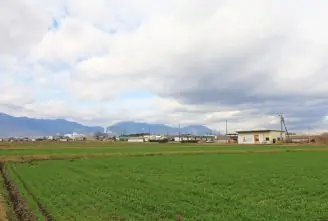
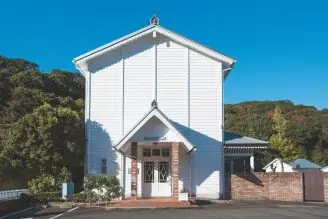


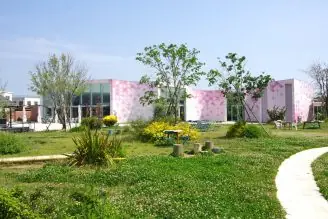
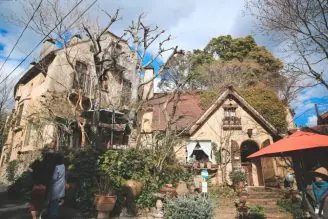

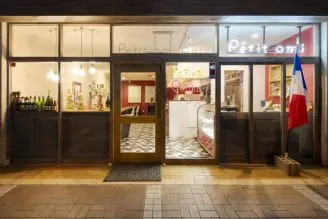
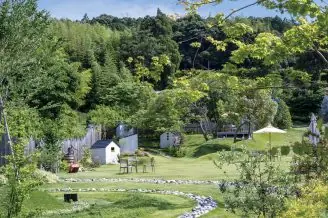

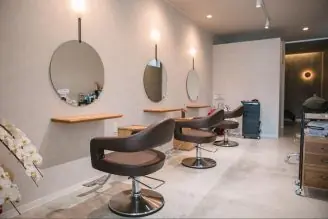
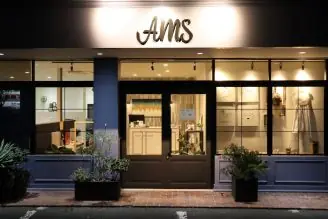
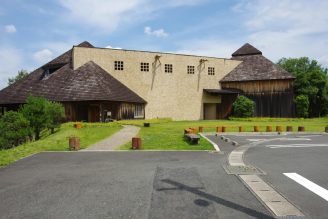
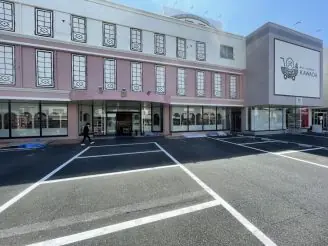
![[Indoor Facilities] Where to Go on Rainy Days in Tokai Area! For Family Outings!](https://life-designs.jp/wp/wp-content/uploads/2023/07/FotoJet-23-1024x768.jpg)
![Onigiri is hot right now! Summary of Osu's Onigiri Specialty Shops [5 selections].](https://life-designs.jp/wp/wp-content/uploads/2023/11/onigiri-1024x768.jpg)

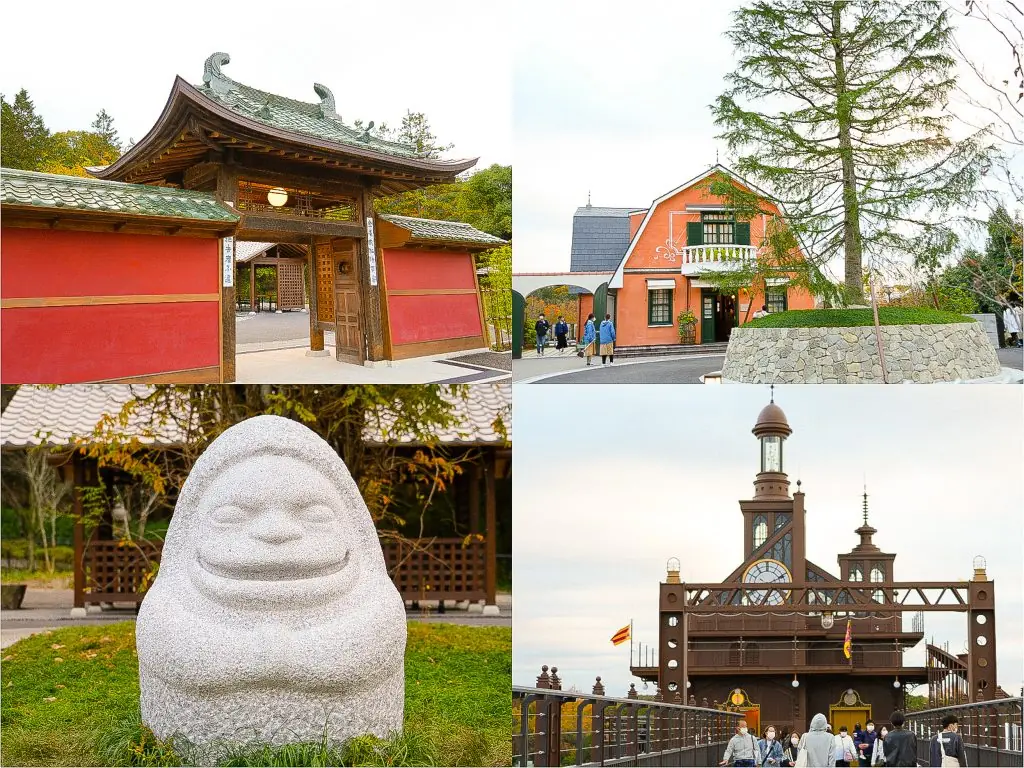
![[9 Selections] Summary of Retro Coffee Shops in Nagoya](https://life-designs.jp/wp/wp-content/uploads/2021/11/image1-30-1024x683.jpg)
![[Within 2hrs by Car] 12 Outing Areas where You can Go on a Day Trip from Nagoya!](https://life-designs.jp/wp/wp-content/uploads/2023/07/odekake12_w1200h900_20240422-768x576.png)
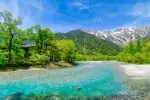
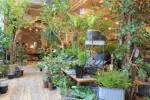
![[Indoor Facilities] Where to Go on Rainy Days in Tokai Area! For Family Outings!](https://life-designs.jp/wp/wp-content/uploads/2023/07/FotoJet-23-328x246.jpg)
![[14 Selections] Recommended spots to spend the weekend in Kakuozan area of Nagoya](https://life-designs.jp/wp/wp-content/uploads/2022/07/Kakuozan-spot_w1920h1088_240605-328x186.png)
